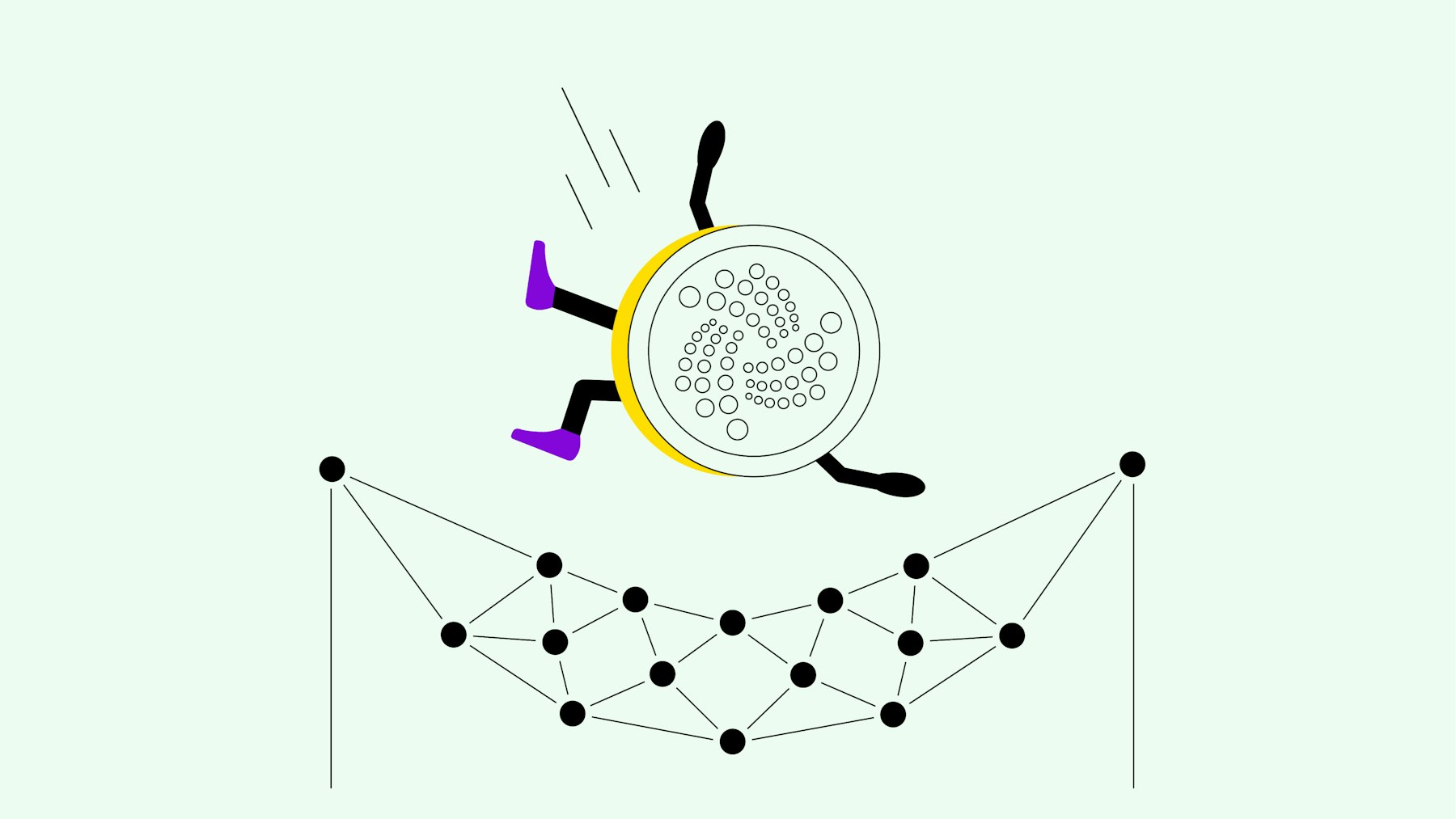The origins of IOTA
IOTA is one of the most established distributed ledger projects, officially launched in 2015. The IOTA Foundation, a non-profit based in Berlin since 2017, leads protocol development and strategic partnerships around the world.
Unlike traditional blockchains, IOTA is built on a Directed Acyclic Graph (DAG) and integrates the MoveVM at Layer 1, enabling parallelized validation and native smart contract functionality.
Designed for scalability, efficiency, and real-world utility, IOTA offers an open, permissionless infrastructure for sectors such as supply chain, energy, and digital identity. Supported by organisations in Germany, Switzerland, and Abu Dhabi, IOTA continues to evolve through collaboration with enterprises, institutions, and public-sector bodies.
The Tangle
The IOTA network uses a Directed Acyclic Graph (DAG) ledger structure, rather than a traditional blockchain. In this architecture, each block references previous ones, enabling a parallelizable flow of transactions without relying on a central mempool or designated block proposer.
This design allows for low-latency confirmations, high throughput, and efficient conflict resolution, making IOTA well-suited for applications requiring scalability and fairness, such as decentralised finance and transparent supply chains.
At its core, IOTA combines this DAG structure with a consensus protocol that orders blocks, confirms transactions, and prevents double-spending. It uses Delegated Proof of Stake (dPoS) and integrates a fee-burning mechanism for long-term sustainability.
Smart contracts are supported natively at Layer 1 through the Move Virtual Machine (MoveVM), a programming language designed for digital asset management. Developers can also deploy Solidity-based applications using IOTA’s EVM-compatible Layer 2.
